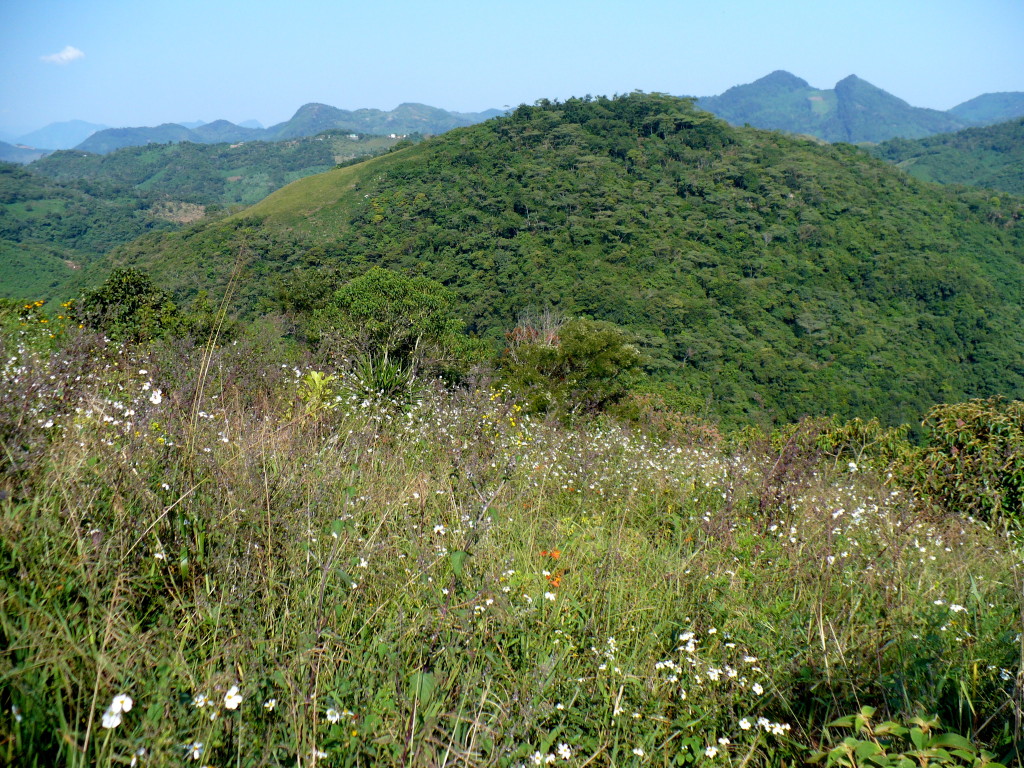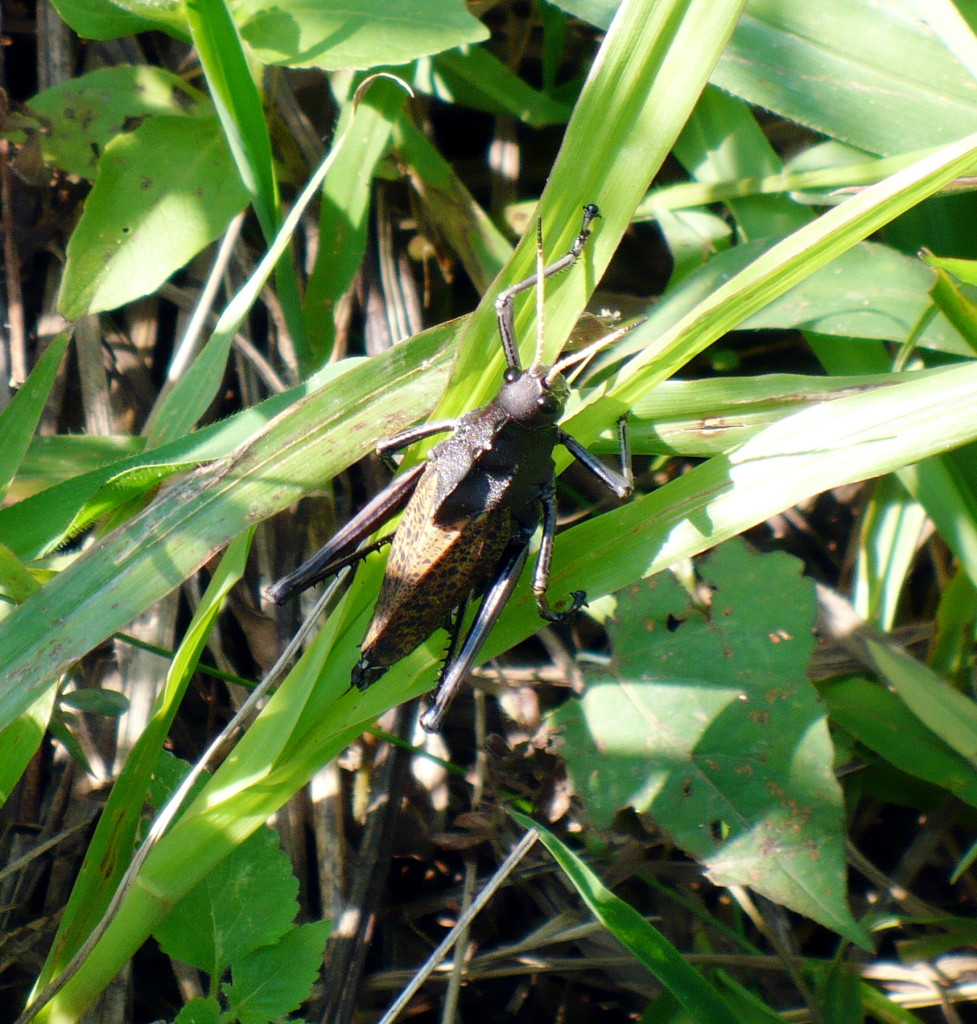Sociolinguistic field work has been done in Ozelonacaxtla, Huehuetla, Puebla, a village of about 1,400 people located to the southeast of the Necaxa Valley. In contrast to Upper Necaxa Totonac, speakers of Ozelonacaxtla Totonac still use their language daily, including children who learn it in the home and with their peers. Few non-Totonacs live in Ozelonacaxtla and Spanish use is generally restricted to institutional contexts such as school and church.
The Catholic church in Ozelonacaxtla was built of stone sometime in the mid 18th century. It is constructed on the central plaza of the village and serves an important role in community life. The priest travels from Caxhuacan, the closest neighbouring town, to give mass. There are other congregations in Ozelonacaxtla, including Baptists and Jehovah’s Witnesses.
Housing in Ozelonacaxtla is mostly constructed of concrete with steel cable reinforcers or stacked cinderblocks. Some people can afford to build their homes of stone right from the hillside, which helps keep the air cool in hot, humid weather. The interior of the home is subdivided into a central dining area, the kitchen partitioned to the side or back, and bedrooms to the back. Most families have small gardens and a few fowl. A typical home will also have a large indoor storage area near one of the entrances which is used to store food and fuel. A rotating reserve of corn is kept here: previous harvests are consumed first while recent crops are left to dry. This practice provides some protection from variable harvest yields. In addition to cultivating corn, vegetables and fruit for personal consumption, farmers in Ozelonacaxlta also cultivate, dry and sell coffee beans and peppercorns.
The Sierra around Ozelonacaxtla is striking for its variety of plant and animal life, including bountiful varieties of fruit like bananas, guavas, papayas, mangos and plums, poisonous snakes, beautiful birds and butterflies, and many insects.













